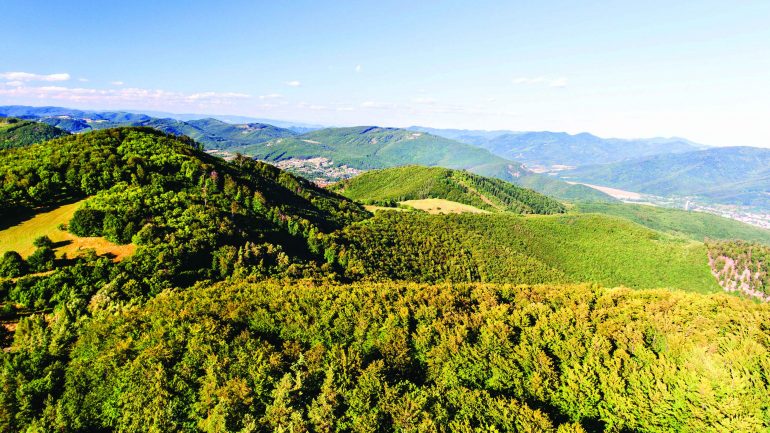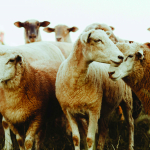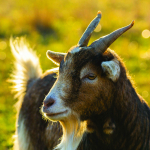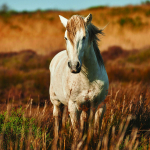The transhumance, inscribed on the UNESCO Intangible Cultural Heritage List since 2023, is an ancient practice of Mediterranean pastoralism, notably in Provence. Stemming from the Latin “across the earth,” it represents a livestock farming method based on grazing and seasonal movement of sheep, cows, or goats herds. This practice extends to other French regions such as Corsica, Jura, the Massif Central, the Pyrenees, and the Vosges.
It is in June that this journey begins, during which shepherds leave the dried plains of Provence to lead their herds to the mountain pastures, where they will spend the summer until October, following traditional pastoral paths.
The millennia-long history of transhumance in the Mediterranean testifies to remarkable human adaptability and interaction with the environment. Today, transhumance transcends its practical aspect to become a true cultural heritage, involving social practices, rituals, and a complete socio-economic system.
It is recognized as a model of sustainable development, promoting environmentally friendly practices and the valorization of quality natural products such as meat and wool. It also holds environmental and landscape importance by maintaining biodiversity and shaping landscapes.
The Maison de la Transhumance, located at Domaine du Merle in the heart of the Crau plain, embodies this heritage by bringing together breeders, experts, cultural operators, and local officials to preserve and promote this practice. Its aim is to unite their skills to preserve this tradition while disseminating its knowledge through exhibitions, festive events, discovery trails, and educational materials. This venue also houses a Euro-Mediterranean resource center on transhumance, inaugurated in 2019, and the oldest transhumant shepherd training center in France.
Through transhumance, a living heritage is perpetuated, shaping landscapes and traditions. A profound connection with nature and history is woven around these age-old practices.





